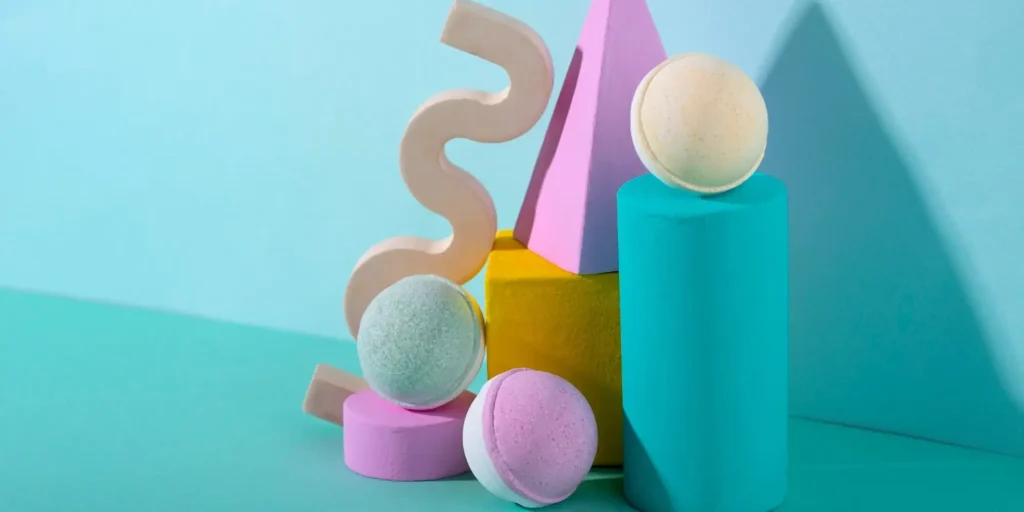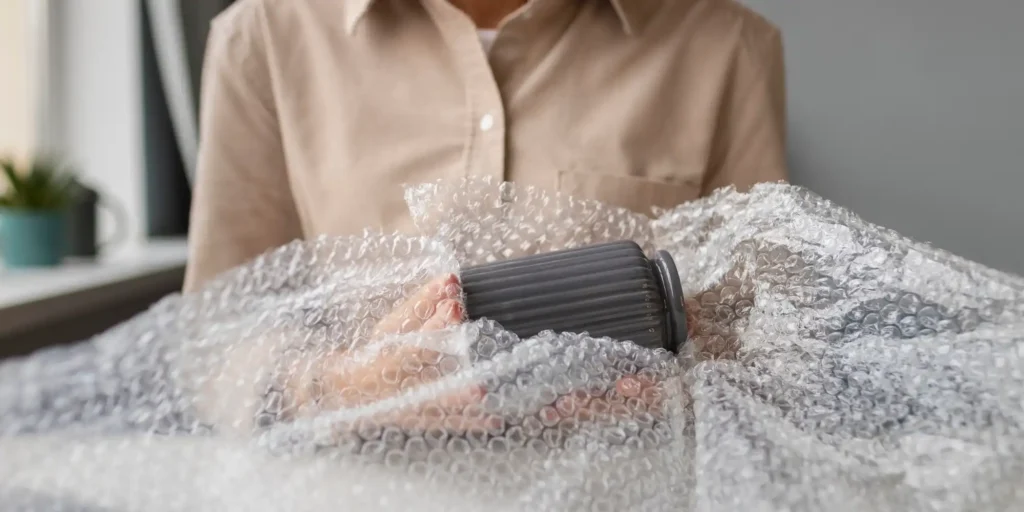Introduction
When it comes to crafting intricate models and eye-catching props, choosing the right material is crucial. One material that has gained immense popularity in the modeling community is Ethylene-Vinyl Acetate (EVA) foam. Beyond its affordability and ease of use, EVA foam stands out due to its unique chemical and physical properties. In this article, we will delve into the science behind EVA foam, exploring how its properties contribute to its suitability for modeling and prop applications.
The Chemistry of EVA Foam
Ethylene and Vinyl Acetate Composition
EVA foam is a copolymer of ethylene and vinyl acetate, combining the best properties of both materials. Ethylene provides flexibility and low-temperature toughness, while vinyl acetate contributes to increased elasticity and resilience. This combination results in a versatile material that can be molded into various shapes without losing its structural integrity.
Closed-Cell Structure
One of the standout features of EVA foam is its closed-cell structure. Unlike open-cell foams, which absorb liquids and can deteriorate over time, closed-cell foams like EVA are resistant to moisture. This makes EVA foam ideal for projects that may encounter humid conditions or require frequent handling.
The Physics of EVA Foam
Density and Thickness
EVA foam comes in different densities and thicknesses, providing modelers with options to suit their specific needs. The density of the foam affects its durability and impact resistance, while thickness influences the level of detail that can be achieved. Understanding these factors allows modelers to choose the right type of EVA foam for their projects, ensuring optimal results.
Thermal Insulation
The insulating properties of EVA foam make it an excellent choice for creating costumes and props. Whether you\’re crafting armor for cosplay or replicating historic artifacts, EVA foam\’s ability to provide a layer of insulation adds comfort for the wearer while enhancing the overall realism of the piece.
Suitability for Modeling and Prop Applications
Ease of Shaping and Detailing
EVA foam\’s low-temperature molding capabilities allow modelers to shape and detail their creations with precision. From intricate designs to smooth curves, the foam\’s flexibility makes it a go-to material for bringing imaginative ideas to life. Its lightweight nature also ensures that the final product is easy to handle and transport.
Affordability and Accessibility
Compared to other modeling materials, EVA foam is cost-effective and readily available. This accessibility has led to a surge in its popularity among hobbyists and professionals alike. Modelers appreciate the balance between affordability and quality that EVA foam offers, allowing them to pursue their craft without breaking the bank.
In the world of modeling and prop creation, understanding the science behind the materials is essential for achieving outstanding results. EVA foam, with its unique chemical composition and physical attributes, stands as a testament to the importance of selecting the right material for the job. From its closed-cell structure to its thermal insulation properties, EVA foam provides modelers with a versatile and reliable medium for turning creative visions into tangible masterpieces. So, the next time you embark on a modeling project, consider the science of EVA foam and unlock a world of possibilities.
FAQ
Q: What is EVA foam?
A: EVA foam, or Ethylene-Vinyl Acetate foam, is a versatile material known for its flexibility, durability, and closed-cell structure. It is widely used in modeling and prop applications due to its unique chemical and physical properties.
Q: What makes EVA foam suitable for modeling?
A: EVA foam\’s suitability for modeling lies in its ease of shaping, low-temperature molding capabilities, and various densities and thicknesses. It allows for intricate detailing, is lightweight, and cost-effective.
Q: How does EVA foam differ from other modeling materials?
A: EVA foam stands out for its closed-cell structure, moisture resistance, and affordability compared to other modeling materials. Its thermal insulation properties make it ideal for crafting costumes and props.
Q: Where can I purchase EVA foam for my projects?
A: EVA foam is widely available at craft stores, online marketplaces, and specialty shops catering to hobbyists and modelers.




